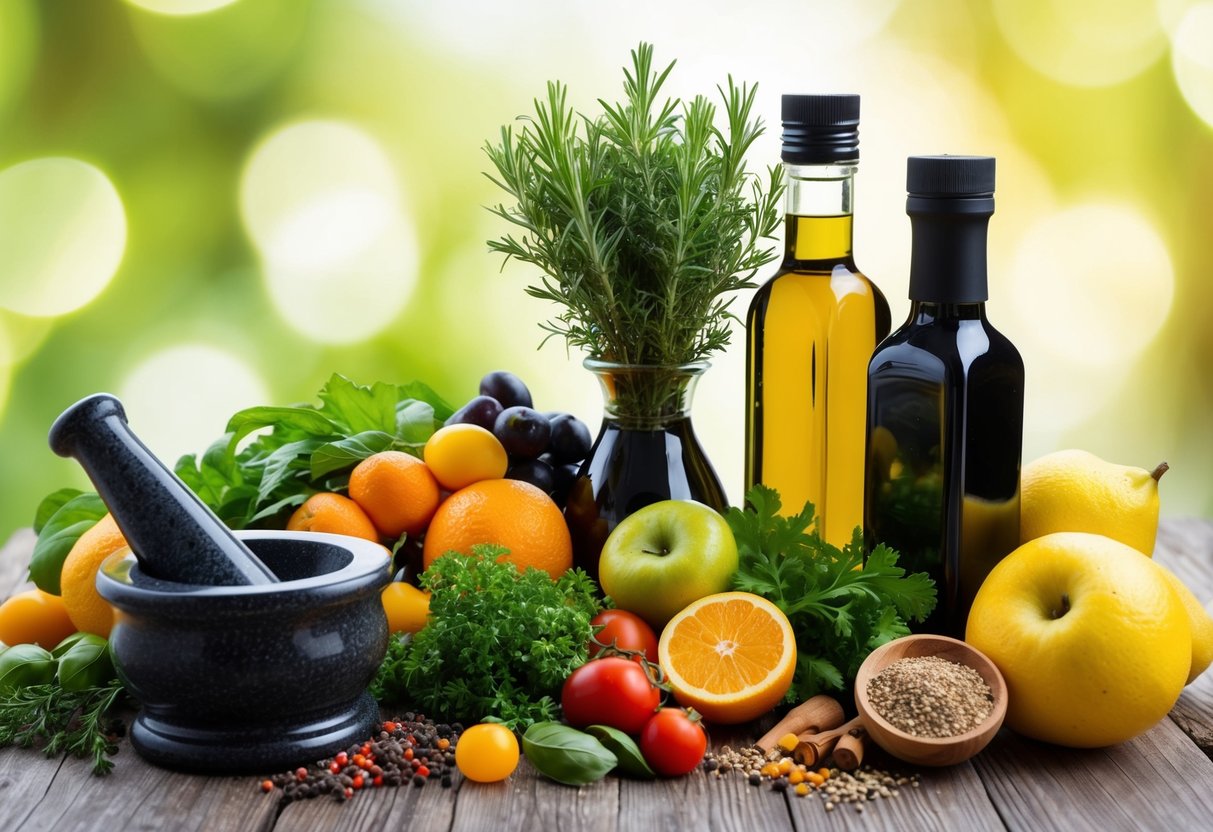How to Create Flavorful Infusions: Tips for Infusing Oils and Vinegars
Infusion Methods: Cold Infusion Vs. Heat Infusion
Different methods can influence the final flavor profile. Cold infusion involves submerging ingredients in oil or vinegar and letting them sit at room temperature or in the refrigerator. This process may take several days but preserves more delicate flavors and aromas.
In contrast, heat infusion accelerates the process by gently warming the oil or vinegar with ingredients. This can be done on the stove over low heat. Although faster, the heat may slightly alter the flavor of sensitive ingredients, such as delicate herbs or fresh garlic. Both methods have their merits depending on the desired intensity and nuances of flavor.
Creating Infused Oils

Infused oils are an excellent way to incorporate unique flavors into various dishes. Infusing oils allows for customization of taste, making meals more vibrant with options like garlic, rosemary, or chili flavors.
Step-by-Step Guide to Making Infused Oils
To begin making infused oils, select a base oil, such as olive oil. Use fresh or dried herbs, spices, or garlic as desired. Clean and dry all ingredients thoroughly to prevent spoilage. Heat the oil gently in a pan to around 140°F (60°C).
Add the flavoring ingredients and let them steep in the oil for about five to ten minutes. Once infused, strain the mixture to remove solids. Transfer the oil into a clean, airtight bottle. Store flavored oils in a cool, dark place to maintain freshness, ideally consuming them within a month.
Flavor Combinations and Ideas
Experiment with different combinations to suit culinary needs. Popular choices include garlic and chili for a spicy kick, or lemon and basil for a fresh, zesty note. A rosemary and thyme duo can complement roasted meats well.
Create unique blends using unusual pairings, like lavender and vanilla for a sweet touch to desserts. Remember that a handful of ingredients can yield differing, intriguing results with infused oils, enhancing dishes with each creative blend.
Mastering Vinegar Infusions
Infused vinegars offer a delightful way to enhance culinary dishes. By using a variety of base vinegars and fresh ingredients, anyone can create unique, flavorful combinations. This guide focuses on essential steps and tips to craft and mix vinegars effectively.
Crafting the Perfect Infused Vinegar
Creating infused vinegars begins with selecting a high-quality base. Wine vinegar and balsamic vinegar make excellent choices, each providing a distinct flavor profile. Combining the base with fresh herbs, fruits, or spices can introduce new dimensions to the vinegar. Popular options include rosemary, raspberries, and chili peppers.
To start, choose sterilized glass bottles or jars. Fill them with the chosen ingredients and carefully pour the vinegar. Ensure the contents are fully submerged to prevent spoilage. Seal the containers tightly and store them in a cool, dark place.
Allow the infusion to develop over one to two weeks, shaking the bottles occasionally to mix the flavors. Once the desired taste is achieved, strain the vinegar into a clean bottle to remove the solids. This process ensures a clear, refined product ready for use in salads, marinades, or as a condiment.
Mixing Vinegars for Unique Flavors
Blending different vinegars can create intriguing flavors. A popular method is mixing wine vinegar with balsamic vinegar. This combination balances the acidity of wine vinegar with the sweetness of balsamic. It’s ideal for dressings or as a drizzle over roasted vegetables.
Another approach involves combining different flavored vinegars. Pairing a fig-infused vinegar with a citrus-infused option can result in a refreshing, gourmet blend.
Experimenting with ratios is key to achieving a balanced flavor. Start with small batches, adjusting the proportions based on taste preferences. This trial and error process can lead to discovering new flavor combinations that elevate any dish.



